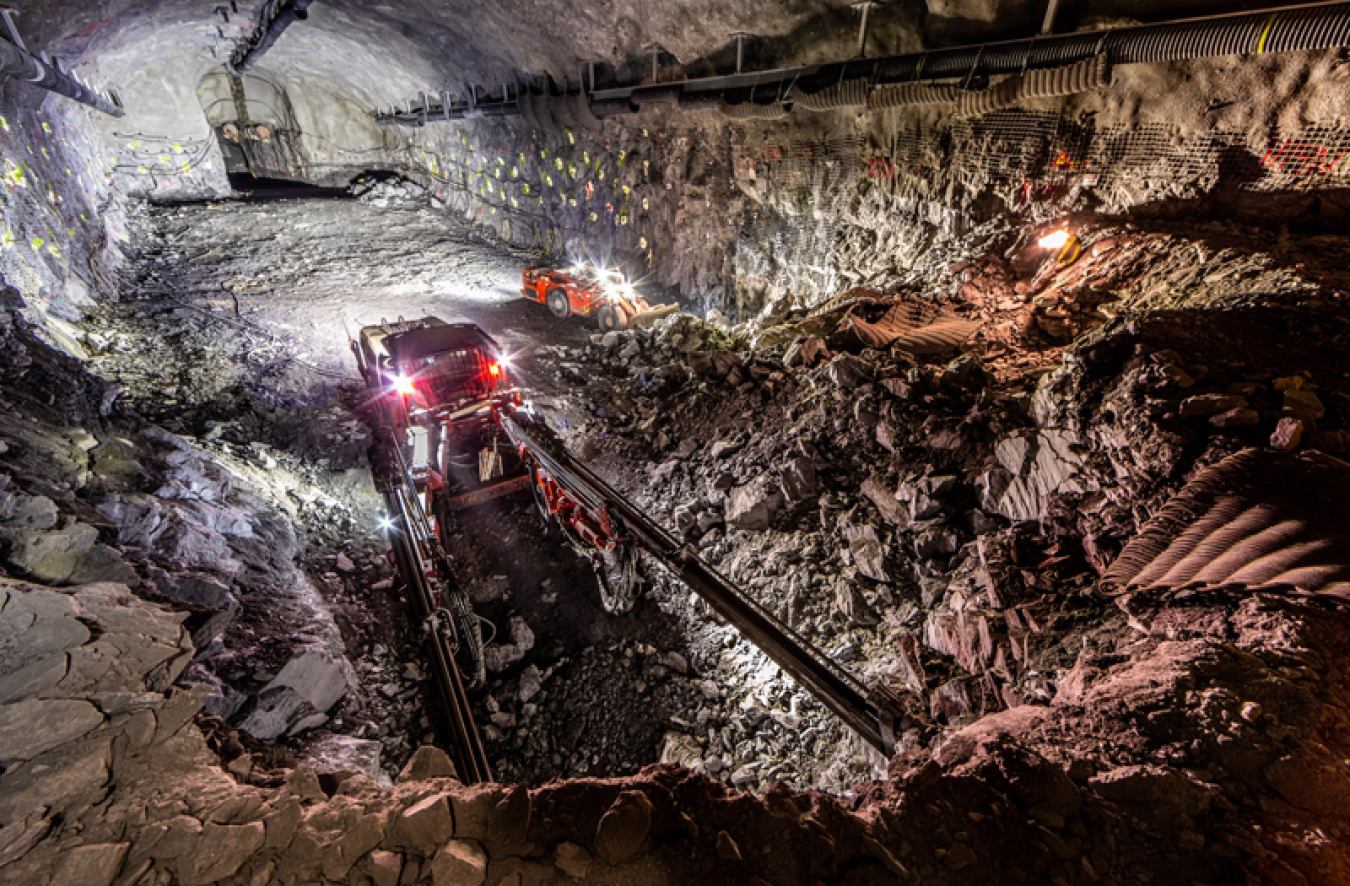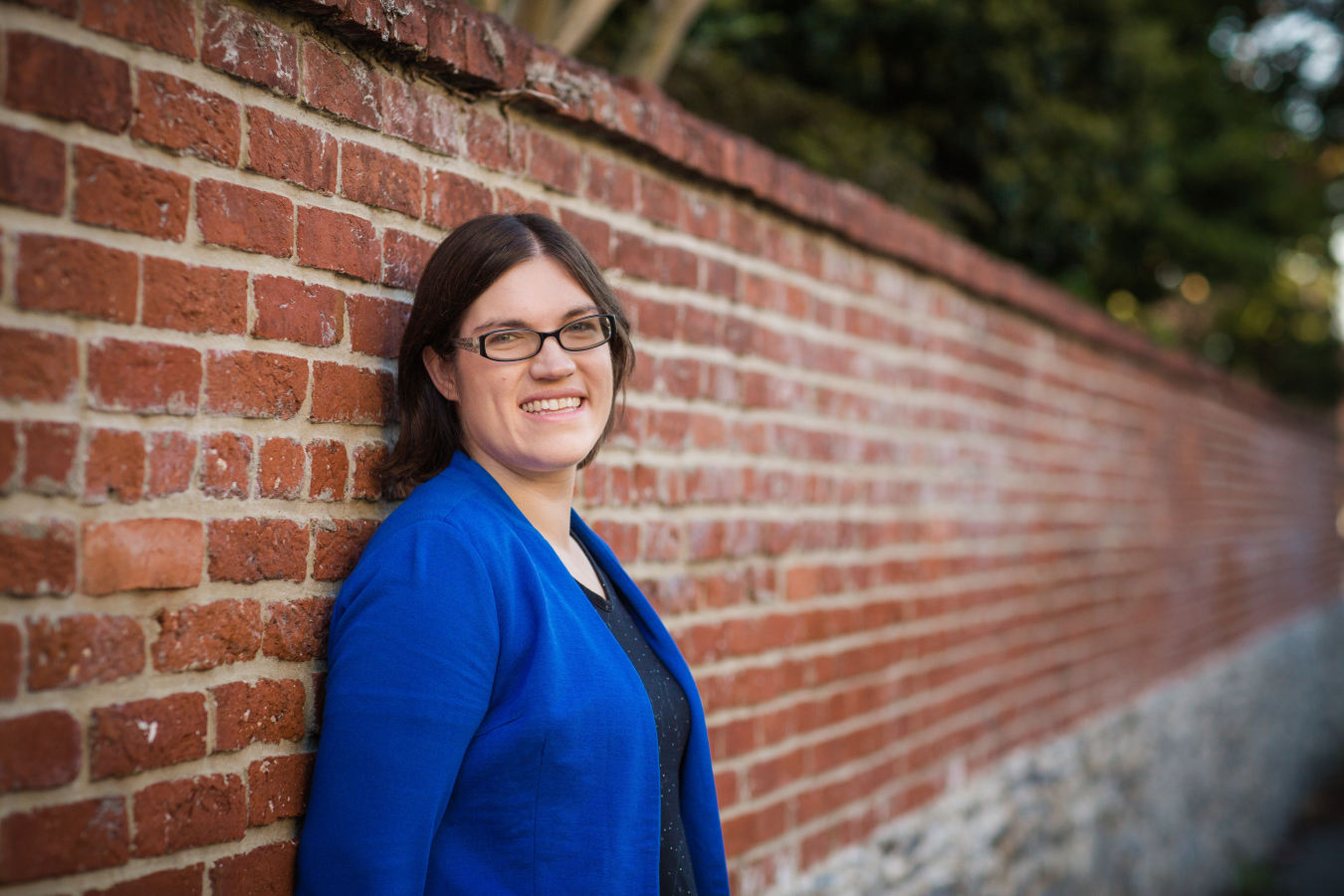DOE’s Fermilab is leading the most advanced and comprehensive neutrino experiment in the world.
June 9, 2023
In 1930, scientists developed the idea of a tiny particle called a neutrino. Nearly 100 years later, we’re digging into the many ways this particle can help us understand the universe.
Neutrinos have no charge and are extremely abundant in the universe. They’re regularly produced by stars. For a long time, scientists thought they didn’t have mass. Finding out that they do have mass was just one of the ways neutrinos have surprised scientists. Other surprising properties include the fact that they have multiple types, which physicists call “flavors.” (Even though they don’t taste like anything.) Neutrinos also shift between these types as they travel through space.
To reveal more about neutrinos, the Department of Energy’s Office of Science is supporting an experiment that requires some literal digging. Once construction is finished, the Deep Underground Neutrino Experiment in the Long-Baseline Neutrino Facility (LBNF/DUNE) will be the most advanced and comprehensive neutrino experiment in the world.
LBNF/DUNE comprises two parts. One is at DOE’s Fermi National Accelerator Laboratory, the host lab for this international experiment. Its particle accelerators will shoot neutrinos 800 miles through the Earth, from Illinois to South Dakota. The second part is located more than a mile underground in a former gold mine in Lead, SD, now the site of the Sanford Underground Research Facility. The neutrino detectors need to be deep underground to protect them from cosmic rays that could interfere with detecting neutrinos and other subatomic particles. To make space for the detectors, the construction team is excavating 800,000 tons of rock. About 70% of the excavation is complete.
The experiment will help us learn more about the existence of matter, the formation of neutron stars and black holes, and the relationship between the four major forces of the universe. Using the DUNE detector, scientists will look at how neutrinos change between different flavors as they move. They will also be able to look for other processes, including protons breaking down and neutrinos being produced by supernovae.
Shannon Brescher Shea

Shannon Brescher Shea ([email protected]) is the social media manager and senior writer/editor in the Office of Science’s Office of Communications and Public Affairs. She writes and curates content for the Office of Science’s Twitter and LinkedIn accounts as well as contributes to the Department of Energy’s overall social media accounts. In addition, she writes and edits feature stories covering the Office of Science’s discovery research and manages the Science Public Outreach Community (SPOC). Previously, she was a communications specialist in the Vehicle Technologies Office in the Office of Energy Efficiency and Renewable Energy. She began at the Energy Department in 2008 as a Presidential Management Fellow. In her free time, she enjoys bicycling, gardening, writing, volunteering, and parenting two awesome kids.

